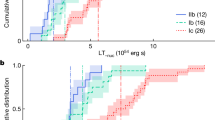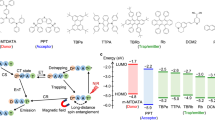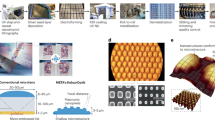Abstract
IF a philosopher may be permitted to take part in a discussion which seems to involve questions of scientific import alone, I would like to point out certain ideas which bear upon the problem of whether the eye has been so adapted as best to use the energy of sunlight. Sir John Parsons suggests (NATURE, Jan. 21, p. 94) that this conclusion is consistent with the fact that the brightest part of the spectrum (of the luminosity curve) coincides with the summit of the curve of radiant energy. But Mr. T. Smith (NATURE, Feb. 18, p. 242) presents another view—not inconsistent with the foregoing conception—in which vision is held to be so constituted as to bring out the sharpness of contours of bodies. This conclusion, while very important, does not seem to me to be especially novel. Prof. Eddington, in his “Stars and Atoms,” also suggested that we have in the coincidence of the peak of the visibility curve with the peak of the curve of radiant energy an interesting case of evolutionary adaptation. But aside from these views, Bergson, it might be argued, hadproposed something of the sort in his notion of the ‘geometrising intellect.’ This, at any rate, would be the case if the interpretation which the present writer puts on Bergson is the true one.
This is a preview of subscription content, access via your institution
Access options
Subscribe to this journal
Receive 51 print issues and online access
$199.00 per year
only $3.90 per issue
Buy this article
- Purchase on SpringerLink
- Instant access to full article PDF
Prices may be subject to local taxes which are calculated during checkout
Similar content being viewed by others
Author information
Authors and Affiliations
Rights and permissions
About this article
Cite this article
REISER, O. Vision and Reality. Nature 121, 575 (1928). https://doi.org/10.1038/121575a0
Issue date:
DOI: https://doi.org/10.1038/121575a0



